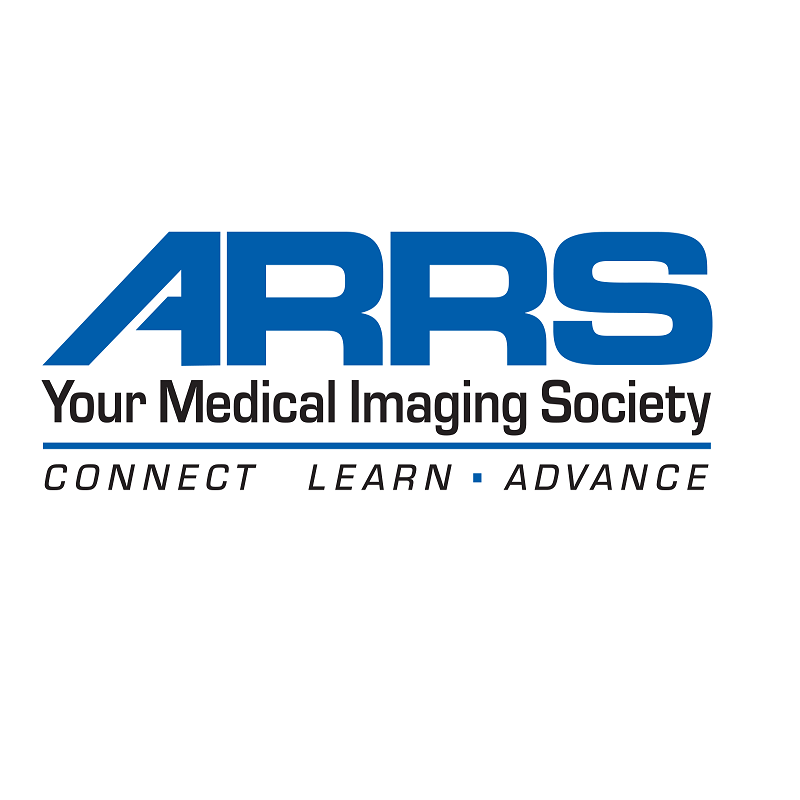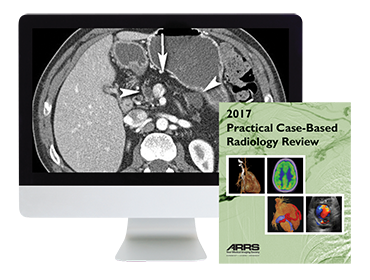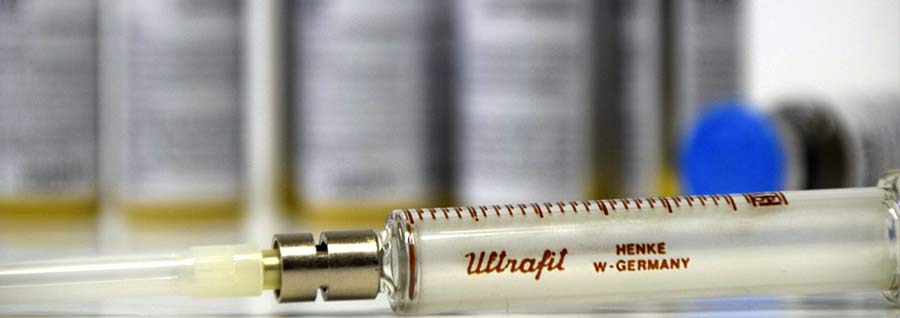Event Organized by:
American Roentgen Ray Society
(866) 940-2777
Learn More about American Roentgen Ray Society
Featuring 352 cases, A Practical Case-Based Radiology Review is a unique opportunity for radiologists at all levels, from those in-training to those in practice for years, to review common topics in 11 radiology disciplines presented in a case-based format. Each case will be presented with an unknown diagnosis for users' self-assessment. The course discusses many common diagnoses as well as important but easily missed uncommon ones. Each discipline will also present two mini-didactic sessions on hot and timely topics within the subspecialty discipline. Each subspecialty will have a rapid session of cases to provide an even more comprehensive review of cases with limited differential diagnoses. In addition to online lectures, you will also receive the accompanying book—shipped to you at no additional cost.
Earn credit at your own pace through June 22, 2023 and continue to access your videos until June 23, 2027. See below for detailed information and learning outcomes.

This course offers 22 CME and SA-CME Credits following completion of an online test.
ARRS Member price: $695
ARRS In-Training Member price: $349
Nonmember price: $1,399
Get the stand-alone Review Book.
Or the Review Book Bundle.
Upon completion of this course, participants will possess the knowledge and skills to:
The American Roentgen Ray Society (ARRS) is accredited by the Accreditation Council for Continuing Medical Education (ACCME) to provide continuing medical education activities for physicians.
The ARRS designates this enduring material for a maximum of 22 AMA PRA Category 1 Credit(s)™ and 22 American Board of Radiology, MOC Part II, Self-Assessment CME (SA-CME) credits. Physicians should claim only the credit commensurate with the extent of their participation in the activity.
View the ARRS Return Policy.
The ARRS Online Categorical Course is an Accredited Self- Assessment Program (Section 3) as defined by the NEW Maintenance of Certification program (MOC) of the Royal College of Physicians and Surgeons of Canada (RCPSC), and has been approved by the Canadian Association of Radiologists (CAR) for a maximum of 2 credit hours per module.
The RCPSC recording system (MAINPORT) will automatically convert the credit hours for this program to three credits per claimed hour (2 hours x 3 = 6 credit hours).
Physicians should only claim credits commensurate with the extent of their participation in the activity.
Accreditation services do not imply endorsement of opinions presented during this activity.
Event Organized by:
American Roentgen Ray Society
Date: Jun 23 2027
Venue: Online Course
Address: - Online Course, web
| Date | Course/Event - Venue - Date |
|---|---|
| Jun 23 2027 | Online Course, web - Jun 23 2027 - A Practical Case Based Radiology Review |

The well being and aesthetics industry is growing rapidly which means selecting right training is more important than ever. Botox training courses must keep pace with the standards and regulations in the industry to ensure patient safety. In the anti-aging market the injectable serum, Botulinum Toxin more commonly known as Botox, has become one of the top procedures for the effective treatment of fine lines and wrinkles. Once the preserve of the rich and famous, this wonder-treatment now has a long track record of success and safety making it a highly desirable procedure for a more youthful and healthy appearance.
If you are considering becoming a Botox clinician you will want the best Botox training available today, training that gives you a full understanding of the product and how to administer it safely with outstanding results for your clients every time. Aesthetic Education, promotes Botox Courses that are at the leading edge of training in aesthetics procedures with the best qualification for doctors, nurses and dentists, courses that are superior in meeting the guidelines which all practitioners must adhere to. The depth of learning and hands-on practice will equip you and your teams with the knowledge and experience you need to be fully regulated and confident to deliver safe and outstanding services at your practice.

North America
Boston, MA - New York, NY - Los Angeles, CA - Atlanta, GA - Las Vegas, NV - Dallas, TX - Detroit, MI - Chicago, IL - Houston, TX - Orlando, FL - Philadelphia, PA - Naples, FL - Tampa, FL - Charleston, SC - Jacksonville, FL - Canada - Fort Lauderdale, FL - Omaha, NE - Baltimore, MD - Washington, DC - New Orleans, LA - Miami, FL - Indianapolis, IN - Seattle, WA - Charleston, SC - Jackson, MS - San Francisco, CA - Fort Myers, FL - Des Moines, IA - Denver, CO - San Antonio, TX - Kansas City, MO - Portland, OR - Atlanta, GA - Austin, TX - Columbus, OH - Minneapolis, MN - Albuquerque, NM - Louisville, KY - Buffalo, NY - Raleigh, NC - Pittsburgh, PA - Little Rock, AR - Seattle, WA - St. Louis, MO - New York, NY - Los Angeles, CA -Central America
Mexico - Honduras - Nicaragua - El Salvador - Panama - Belize - Costa Rica - GuatemalaCaribbean
Haiti - Puerto Rico - Islas Virgenes - Republica Dominicana - Jamaica - Cuba - Bahamas - Trinidad y Tobago - Barbados - CanadaEurope
Dubai - Paris SpainBotox Training and Dermal Fillers for Argentina, Bolivia, Brasil, Chile, Colombia, Costa Rica, Cuba, Dominica, Republica Dominicana, Ecuador, El Salvador, Guatemala, Haiti, Honduras, Mexico, Nicaragua, Panama, Paraguay, Peru, Puerto Rico, Uruguay, Venezuela.
MD.Education | The Next Step in Medical Learning
MD Courses
Pain Management Courses
Medical Courses
Copyright 2025 MD.Education - All rights reserved. - Botox® is a registered trademark of Allergan, Inc.